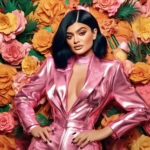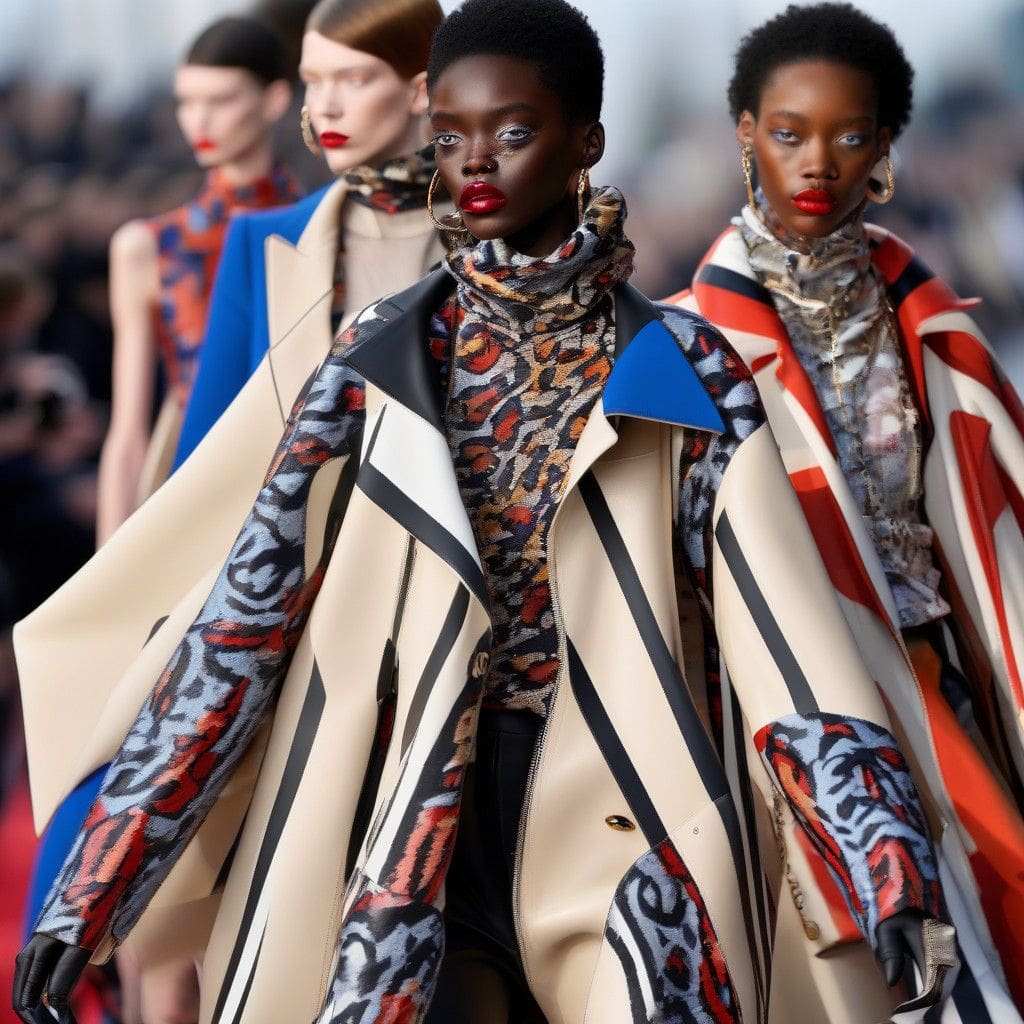As the curtains fell on Paris Fashion Week, the overarching sentiment was a blend of caution and creativity. This season, fashion houses seemed to tread lightly, reflecting a palpable sense of searching for safety amid the chaos of a declining luxury goods market. It is not surprising, considering the current macroeconomic landscape poses challenges not just for designers but for consumers navigating financial uncertainties.
Jenny Holzer’s poignant truism—“Playing it safe can cause a lot of damage in the long run”—echoed throughout the various presentations. While many designers opted for a compellingly safe route, a select few embraced the freedom of creative risk-taking, capturing attention and acclaim in the process.
Take, for instance, the striking dichotomy presented by Balenciaga’s innovative approach under Demna. His latest collection juxtaposed delicate lingerie-inspired pieces against the harsh constructs that have become synonymous with the brand. Demna’s narrative redefined expectations, bravely challenging the concept of beauty while cleverly employing irony to engage the audience. Yet, this space for creative exploration contrasted sharply with the overwhelming sense of déjà vu echoing at other shows, notably Valentino.
The arrival of Alessandro Michele at Valentino showcased his signature intertwining aesthetic, centered around bold vintage touches. While die-hard fans may have relished the revisit of Michele’s work, some critics voiced concerns about authenticity. Does recycling proven concepts grant artistic merit, or can it dangerously walk the line of stagnation? Michele himself seemed trapped in a conundrum of identity; his essence remained intact regardless of the label he represented. His reluctance to venture outside the safe confines of known aesthetics raises a larger question: how important is brand identity in a landscape favoring novelty?
As the week progressed, the struggle for brands to balance creativity with commercial viability became increasingly evident. Chemena Kamali’s revival of Chloé was refreshing, yet the formulaic approach left questions about long-term sustainability. While her work exuded enthusiasm and sensitivity, it felt as if the designer was ticking boxes rather than venturing into new territory. The industry awaits her future collections with hopeful anticipation for deeper personal explorations.
Dries Van Noten, known for his rich textiles and storytelling, faced challenges of coherence following his exit from the helm of his namesake label. In this transitional period, the collection held on to some creative sparks, though it lacked the grand spectacles of earlier shows. Meanwhile, Chanel’s presentation was seemingly devoid of a creative steering, settling for the safety of traditional elegance, which risked blending into the background of the vibrant week.
Among the standout moments were Miu Miu’s collaboration with Petit Bateau, which perhaps signaled the most compelling reflection on identity and femininity. Miuccia Prada artfully deflected criticisms of infantilism, encouraging viewers to explore the disruptive power of youthfulness. The collection encapsulated playfulness, with garments resembling children playing dress-up, yet it made a poignant statement on the essence of true self-expression.
The grandiosity that Paris fashion is known for was unmistakable at shows like Mugler and Loewe, where creative directors such as Casey Cadwallader and Jonathan Anderson stripped away excess to reveal the essence of their brand identities. Anderson’s work exemplified a move towards minimalism, celebrating silhouettes that transcended the conventional fashion narrative. Here, less truly became more—innovative forms captured without indulging in overwrought theatrics.
However, the theme of oversized volumes and excess in design remains en vogue, mirroring a broader cultural malaise where everything feels larger-than-life. Brands like Stella McCartney and Sacai demonstrated refined interpretations with fluid draping and couture shapes, yet the most compelling statements were made by those willing to challenge themselves further—designers like Yohji Yamamoto and Duran Lantink brought fresh perspectives through artful craftsmanship and radical silhouettes.
While the overarching narrative this week was divided between risk and safety, some designers, like Anthony Vaccarello of Saint Laurent, managed to mesh dual identities seamlessly. His collection reflected both bold suits alongside feminine silhouettes, appealing to varied consumer tastes while engaging with ongoing conversations around gendered fashion.
As Paris Fashion Week wrapped up, the tension between fear and fearlessness painted a broader picture of an industry standing at a crossroads. Designers must weigh artistic integrity against market demands, and the coming months will reveal how this delicate balance will impact the very foundation of creative fashion. For now, the success stories emanate from those who risk a departure from familiar narratives, a poignant reminder that innovation often flourishes where fear is set aside.












